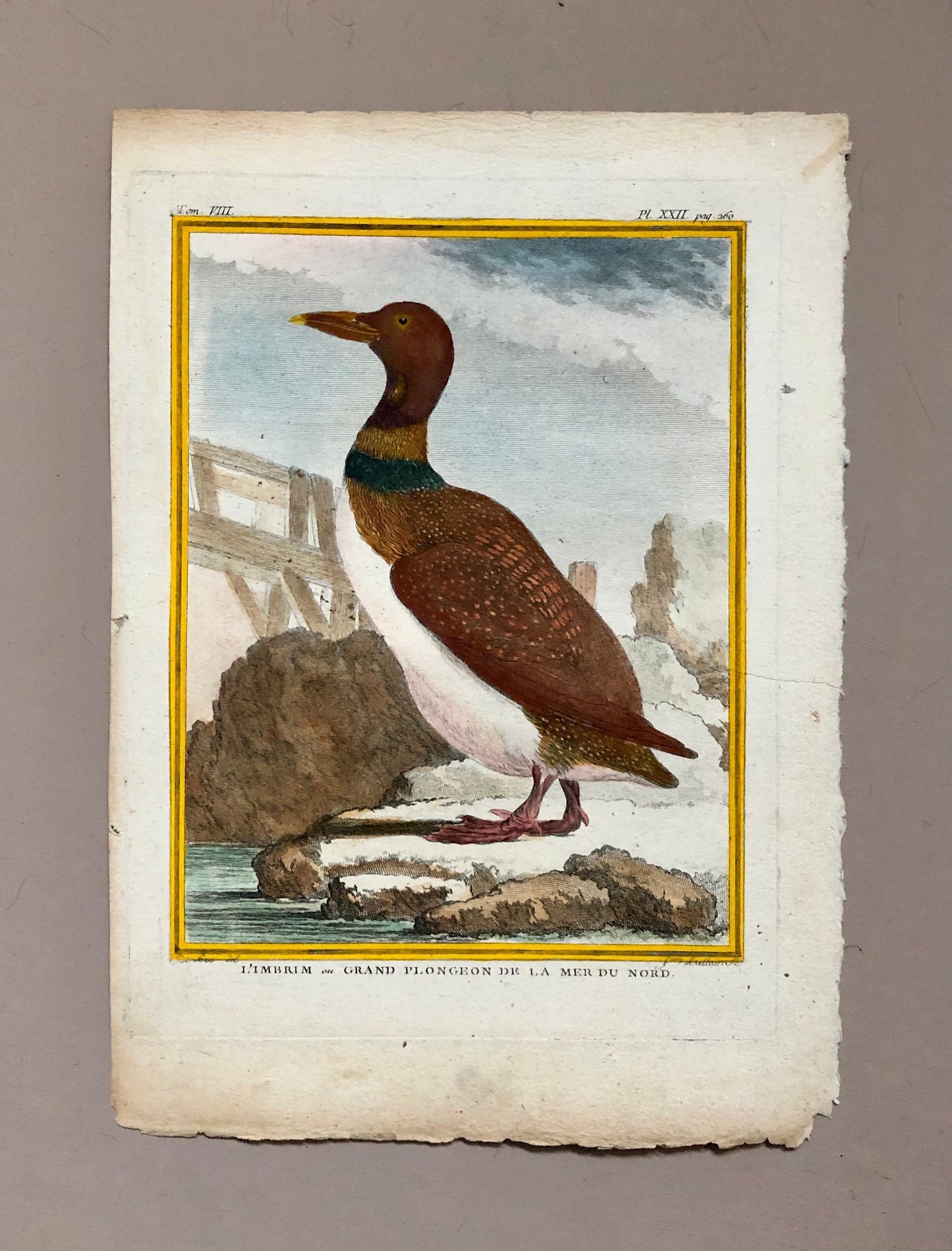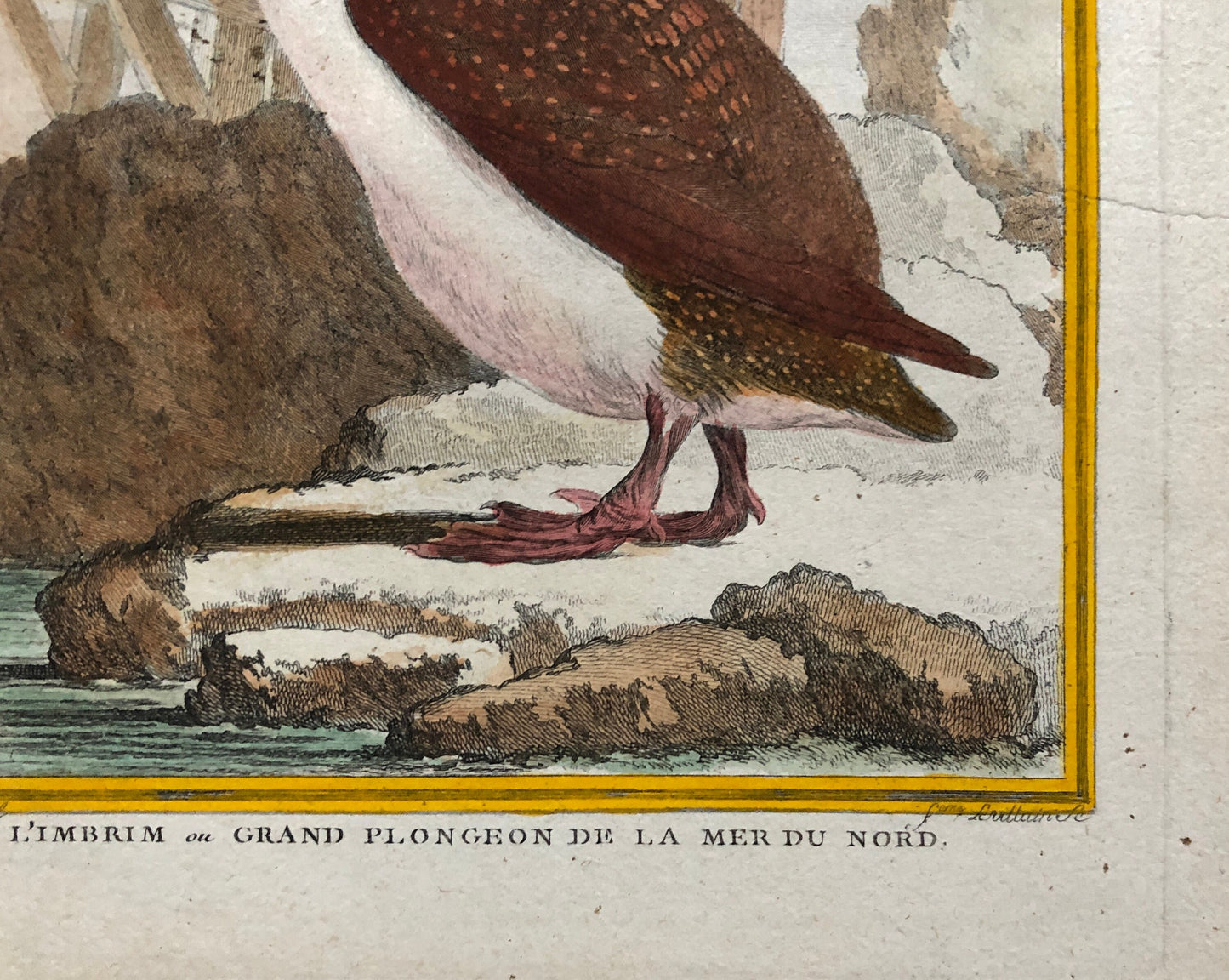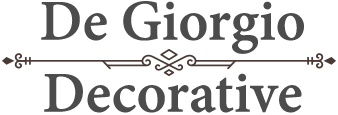My Store
L’ Imbrim ou Grand Plongeon. Hand Coloured Engraving From “Histoire Naturelle Des Oiseaux” c. 1780. By Buffon. 28 x 20 cms.
L’ Imbrim ou Grand Plongeon. Hand Coloured Engraving From “Histoire Naturelle Des Oiseaux” c. 1780. By Buffon. 28 x 20 cms.
Couldn't load pickup availability
A hand coloured antique print entitled L’Imbrim ou Grand Plongeon De La Mer Du Nord.
From ‘Histoire Naturelle Des Oiseaux’ by George-Louis Leclerc, Comte de Buffon.
Published by L’Imprimerie Royale, Paris between 1770 and 1786.
Engraved by Levillain.
36 volumes of Histoire Naturelle were published during the author’s lifetime with a further eight being produced after his death by Leclerc’s friend Bernard Germain de Lacépède.
Born a man of modest circumstance George-Louis Leclerc secured a massive inheritance from his godfather. With this he travelled to Paris where, after some study, he earned a position as Head of Le Jardin du Roi, a major botanical garden in the city. Here he started his studies of plants and animals in earnest, collecting vast numbers of botanical and zoological specimens and turning the park into an institute of research.
The L’Imbrim ou Grand Plongeon De La Mer Du Nord translates as Common Loon or Great Northern Diver. These birds have dark upper parts and pure white underparts. The sexes look alike though the males are larger. They eat creatures that are largely caught and eaten underwater; fish, crustaceans, molluscs and insect larvae. They are largely monogamous; that is they live as a pair sometimes for a decade or more. Chicks can dive for food on their own after just a few days of life.
Size: 28 x 20 cms or 10 3/4 x 7 3/4 inches.
Condition: Very Good. The coloured part of the image is slightly marked by dark dots to the left of the birds breast but otherwise fresh and clean. The white surround is browned, lightly creased and marked by a dark spots. The paper upon which the engraving is printed is uneven in shape and lightly creased. This was usual for the period of manufacture. There are pieces of paper glued to the reverse side of the engraving. They were probably once used to affix the engraving to a mount.
Share














